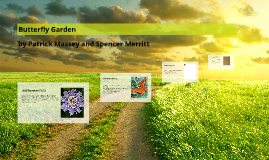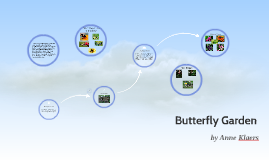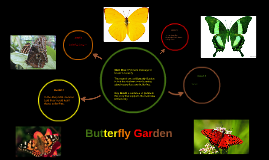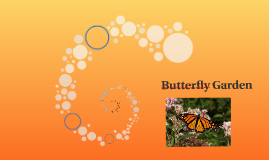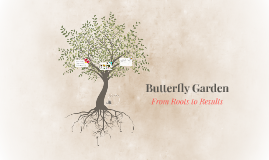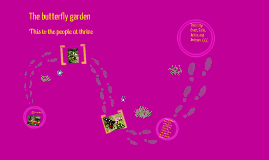Butterfly Garden
Transcript: Description- Has green upper parts and is white below; some have a blue crown. Blue Hook Wing Live Oak Sabal Palm Life Span- 2 to 3 years. Size- 3 to 4 inches Scientific Name- Amazilia Franciae This species inhabits rainforest at the foothills of the eastern Andes, at altitudes between about 400-800 meters above sea level. Scientific name: Acrostichum Danaeifolium Natural Habitat: Mangrove forest and other wetlands. What they need to survive: Leather ferns grow best in partial to full shade. It's black and Blue with white highlights Scientific Name- Papustyla Pulcherrima Scientific name: Crinum Asiaticum Natural habitat: Sandy, seashores, brackish swamps, and mangrove. What they need to survive: Full to shady sunlight and warm tropical climates Callicore Butterfly Emerald Green Snail Scientific Name- Coccinellidae Lady Bug The caterpillar eats a variety of plant leaves, but prefers the pea plant family.The adult cannot chew, therefore it drinks its food. Red Maple Description- Red with black spots, oval shape with short legs, and antennas . Andean Emerald Humming Bird Beach Sunflower Wingspan: 3 - 3 1/2" inches Crinum Lily Butterfly Garden Breeding- The males don't contribute to anything but the mating. He does not help with choosing the nest location, building the nest or raising the chicks. Scientific name- Quercus Virginiana Natural Habitat- Costal areas,inland, and mostly on sandy soils. What they need to survive: Salty soils and shade to grow well. Warm climates due to their inability to survive in freezing temperatures. Native Plants/Trees To South Florida Scientific name: Sabal Palmetto Natural Habitat: Costal areas,Creeks, Lakes, and River Banks What they Need To Survive: Potassium. Potassium is a essential element for Palm Trees. They transfer potassium from their oldest leaves to the new developing leaves. Life-Span About 12 months. Scientific Name: Acer Rumbrum Natural habitat: Hardwood swamps, Creeks, Lakes, and Floodplains of Rivers. What they need to survive: Red Maples need slightly Acidic Soils to thrive and grow. Endangered- People use their shells for jewelry usage. Also logging in rain forest is a huge threat. Leather Fern Description- Vivid green color. Thin layer of green then under the shell is yellow Scientific Name: Callicore Eunomia Scientific name: Helianthus Debilis Natural habitat: Costal areas and beaches. What they need to survive: Full sunlight and acidic soil Callicore eunomia is a pretty butterfly from Neotropic ecozone (South America). The first description was in 1853 by Hewitson. The wingspan is about 3.0 – 4.0 cm. This butterfly is a member of the family NYMPHALIDAE. Callicore eunomia is black. It has a broad, orange or red area on its forewings. On the hind wings there is an area with blue structure colour. The underside is very glorious. Blue Hookwing (Napeocles jucunda)






